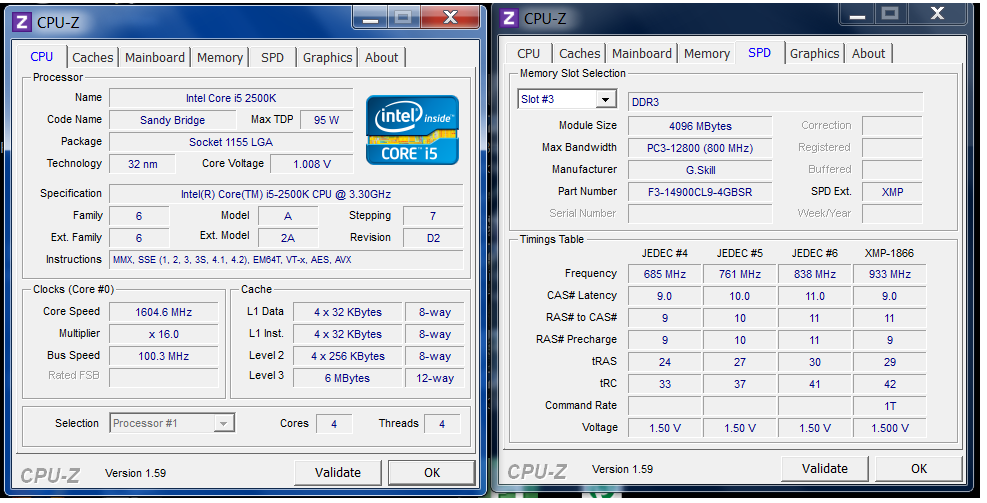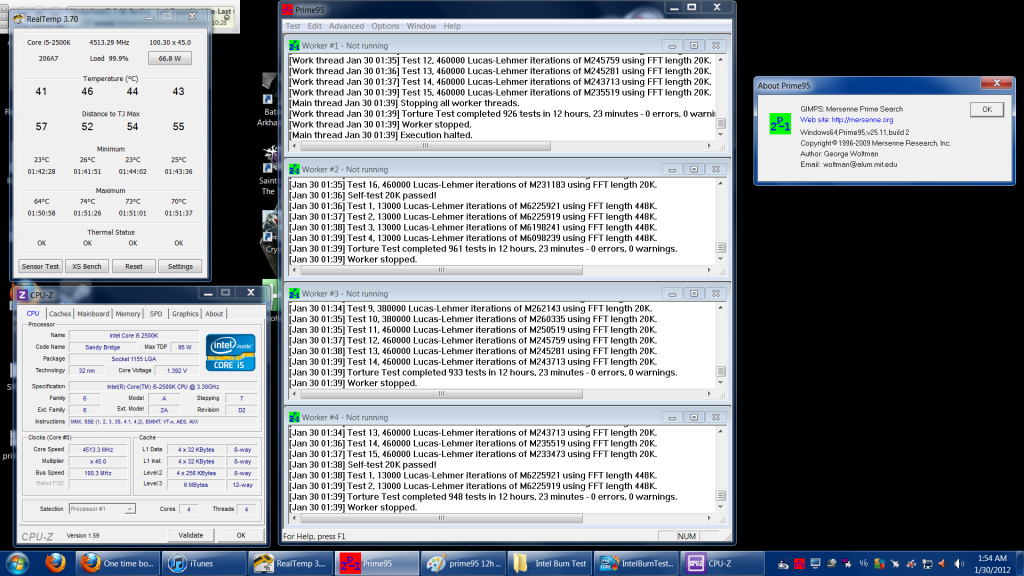With Giga's 10 levels of LLC... I believe level 5 or 6 might be the closest to what I was describing while level 4 will offer a bit more droop under load. You can run with no LLC but it just means your chip will receive more droop under load and thus you'll need to set a higher vcore level in BIOS to compensate for vdroop/vdrop. What you are looking to find out when you overclock is the actual vcore load requirements your chip needs for a given multi...43x, 44x, 45x. under load in Windows via something like CPUZ or HWmonitor.
Your chip may have a somewhat weak imc... so while trying to find out your chips vcore requirements when overclcocked... I would back off on your ram speed and run either 1333Mhz or 1600Mhz dram speed. You should then be able to back off some on the vccio that you are needing to run 43x and higher. You can always come back and overclock your ram later. With SB Intel officially supports 1333 Mhz dram speed so running 1600Mhz and higher dram speeds is actually overclocking the chip's IMC.
My stock speeds are 1866 and I am pretty sure my board supports 1866 but your saying that by running at 1866 I am, essentially, Overclocking my IMC on the CPU? That does make since due to the fact that I have to run More QPI/VTT than normal. I will try down clocking my ram to 1333 and see if i get a performance drop.
This is the SPD from CPU-Z I was wondering if there would be any advantage to lowering my ram voltage when I downclock the speeds and timings or should I leave it at 1.5v like CPUz says. Stock is 1866 1.5v .

![[H]ard|Forum](/styles/hardforum/xenforo/logo_dark.png)
